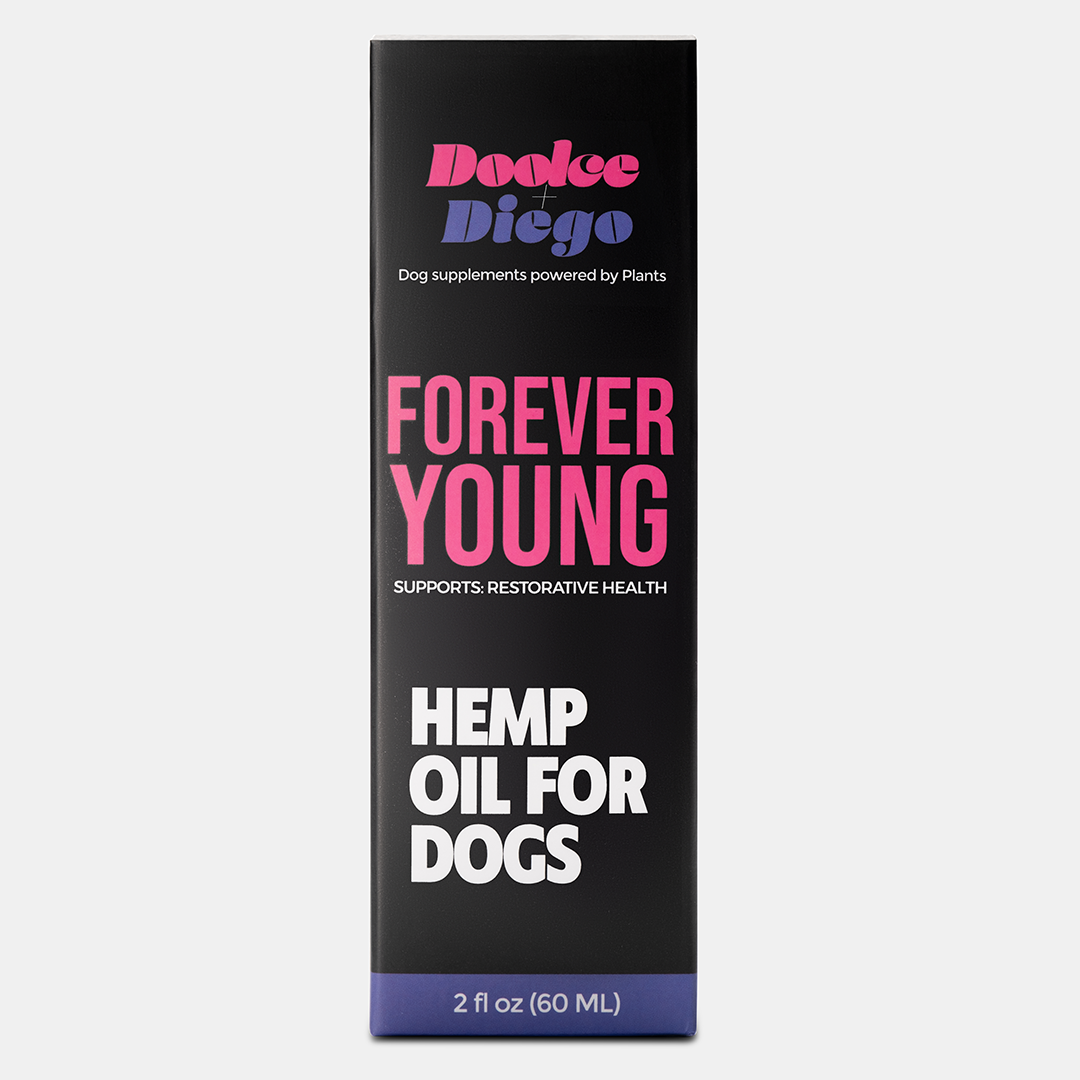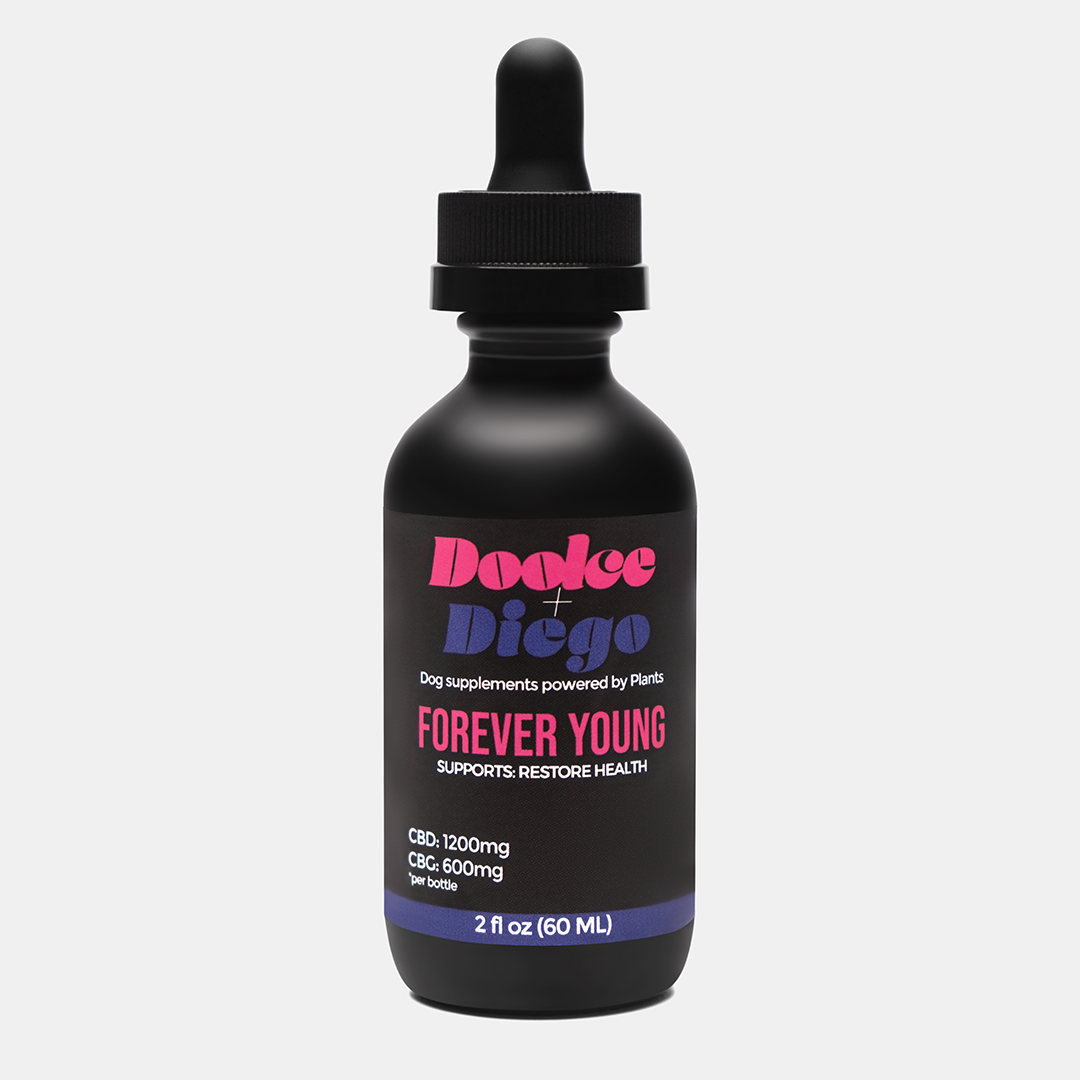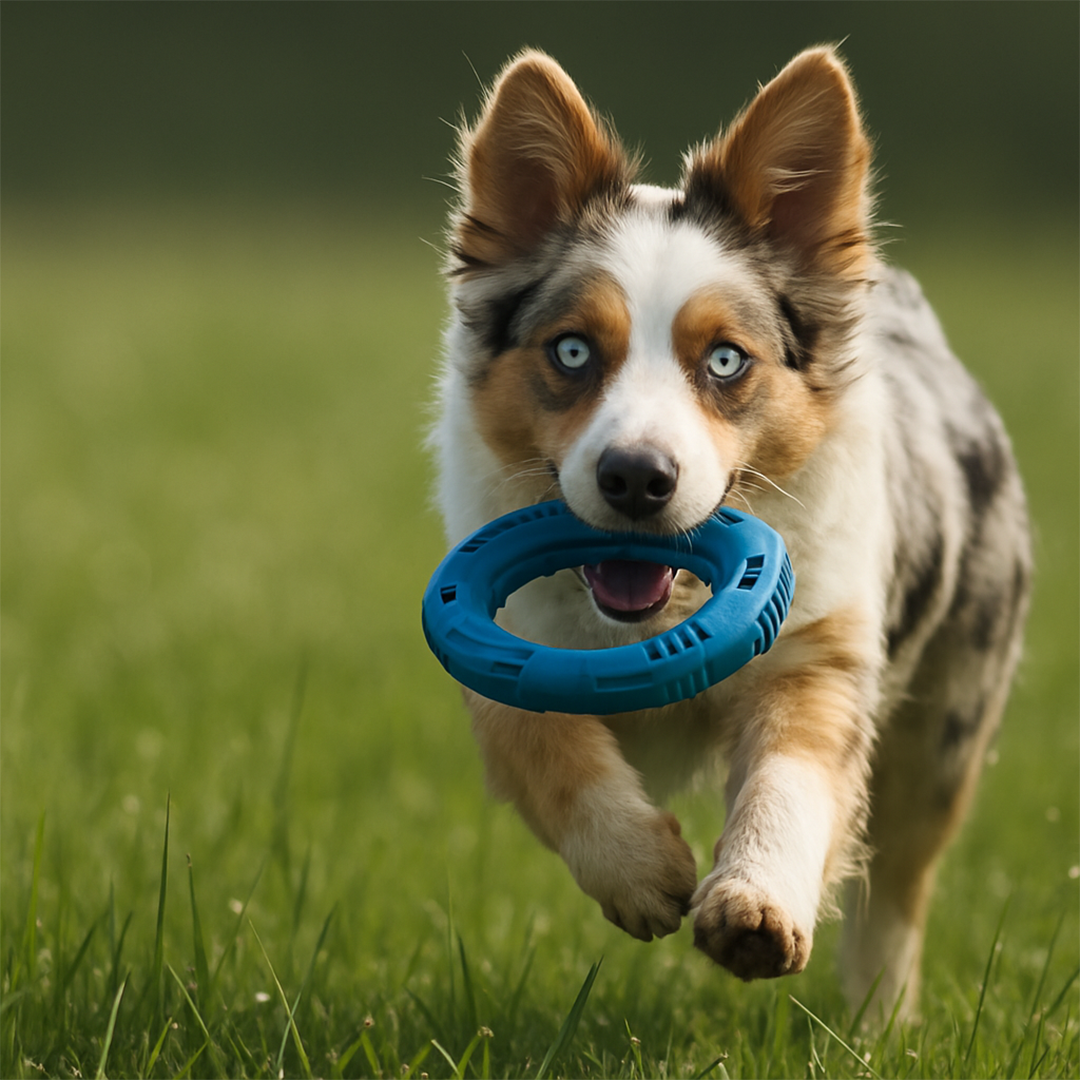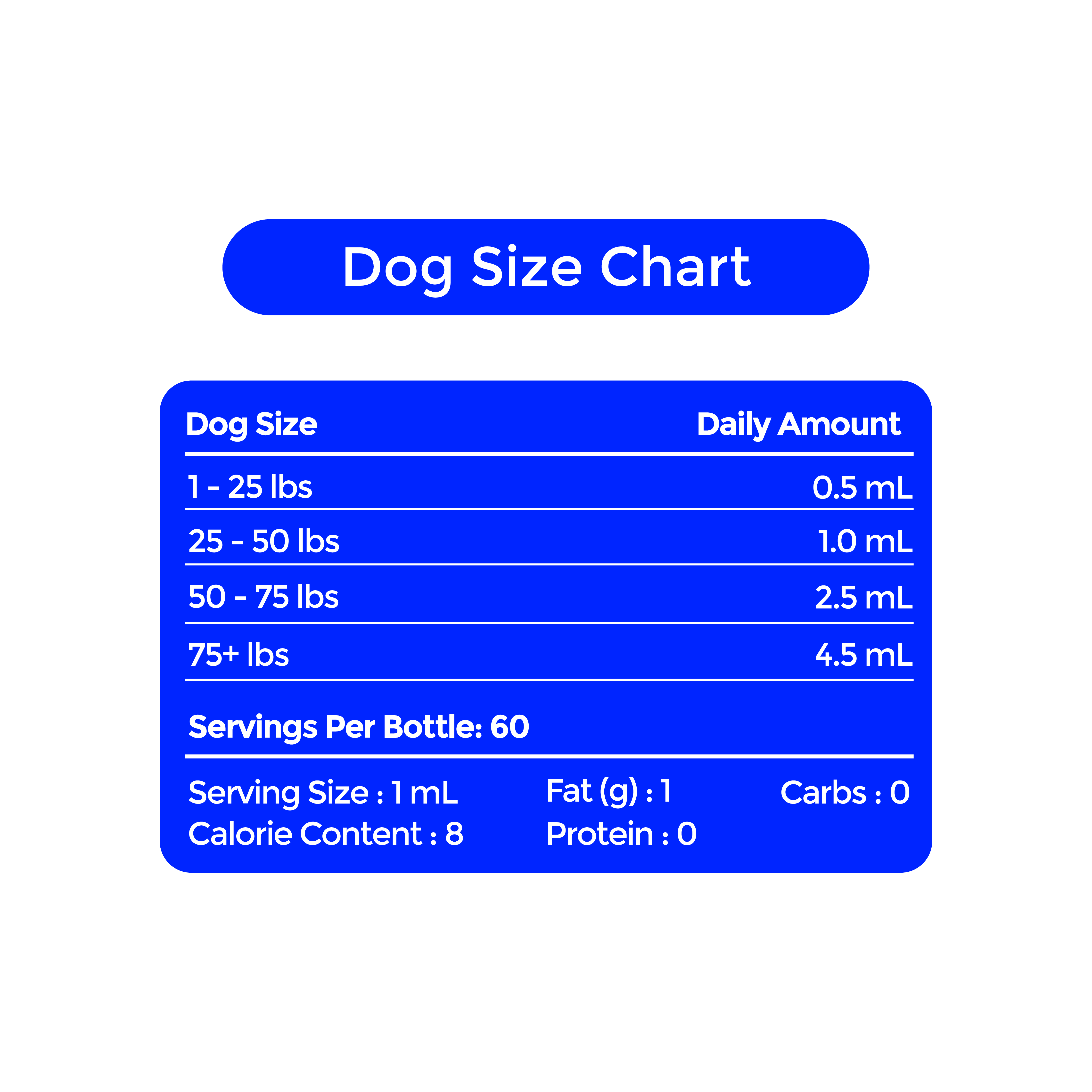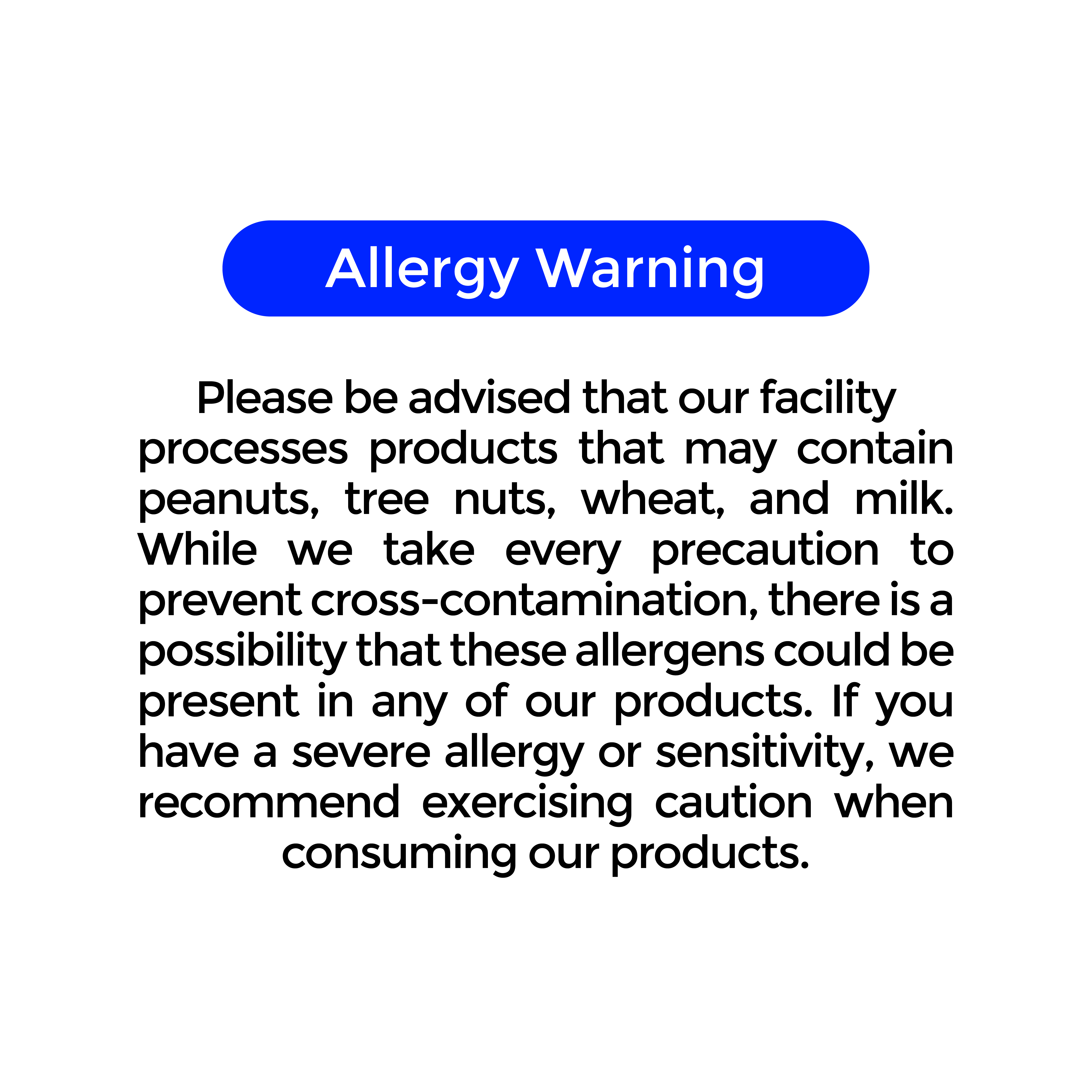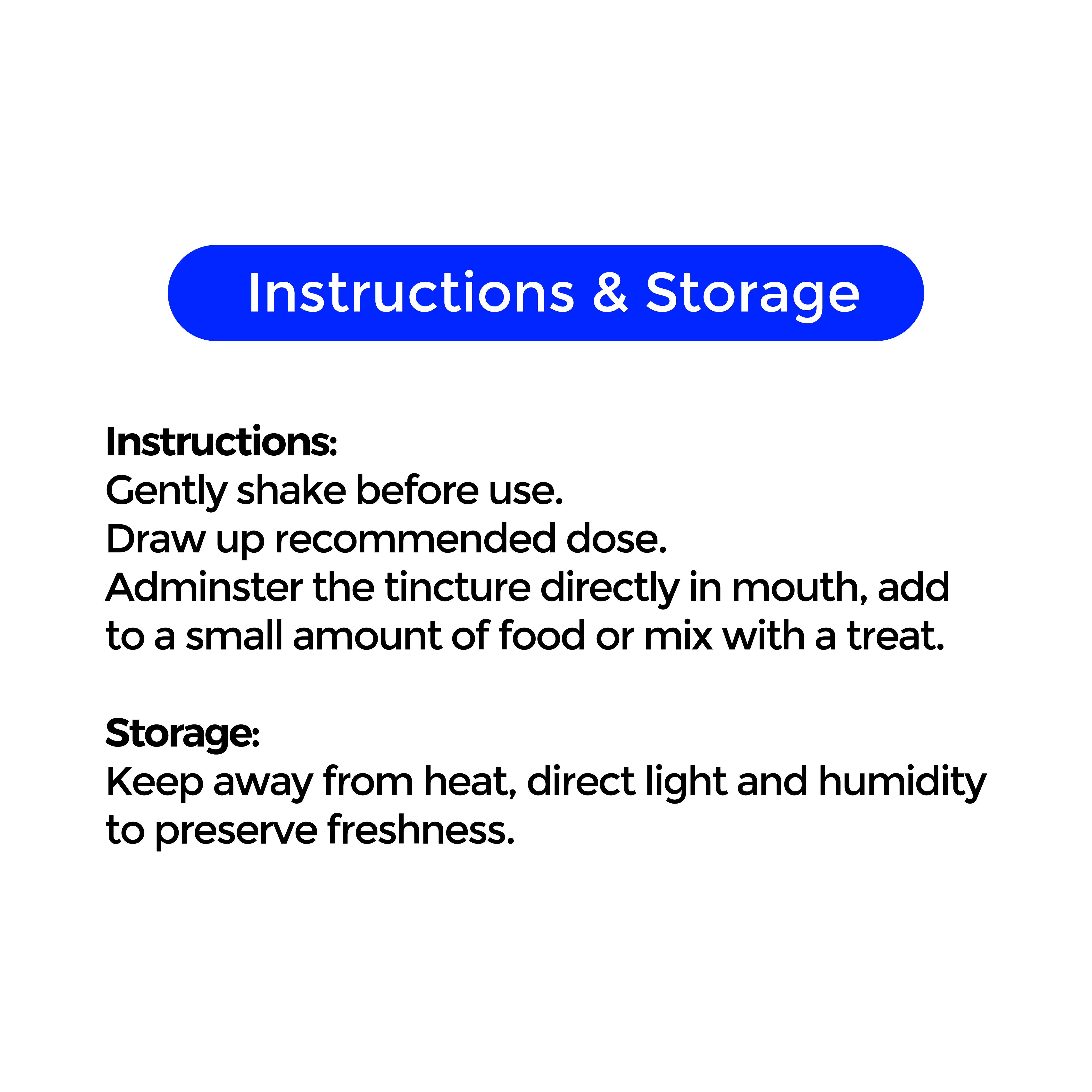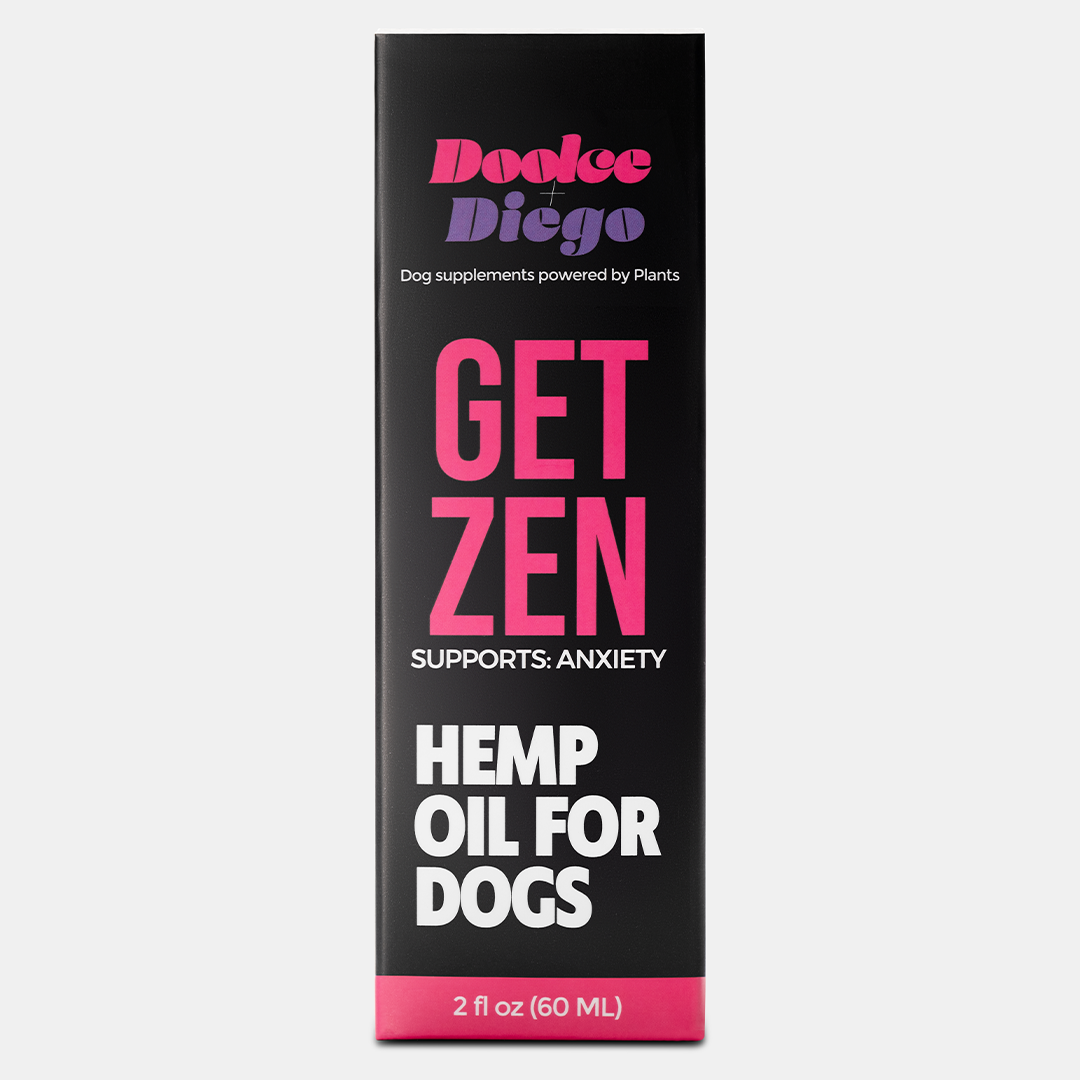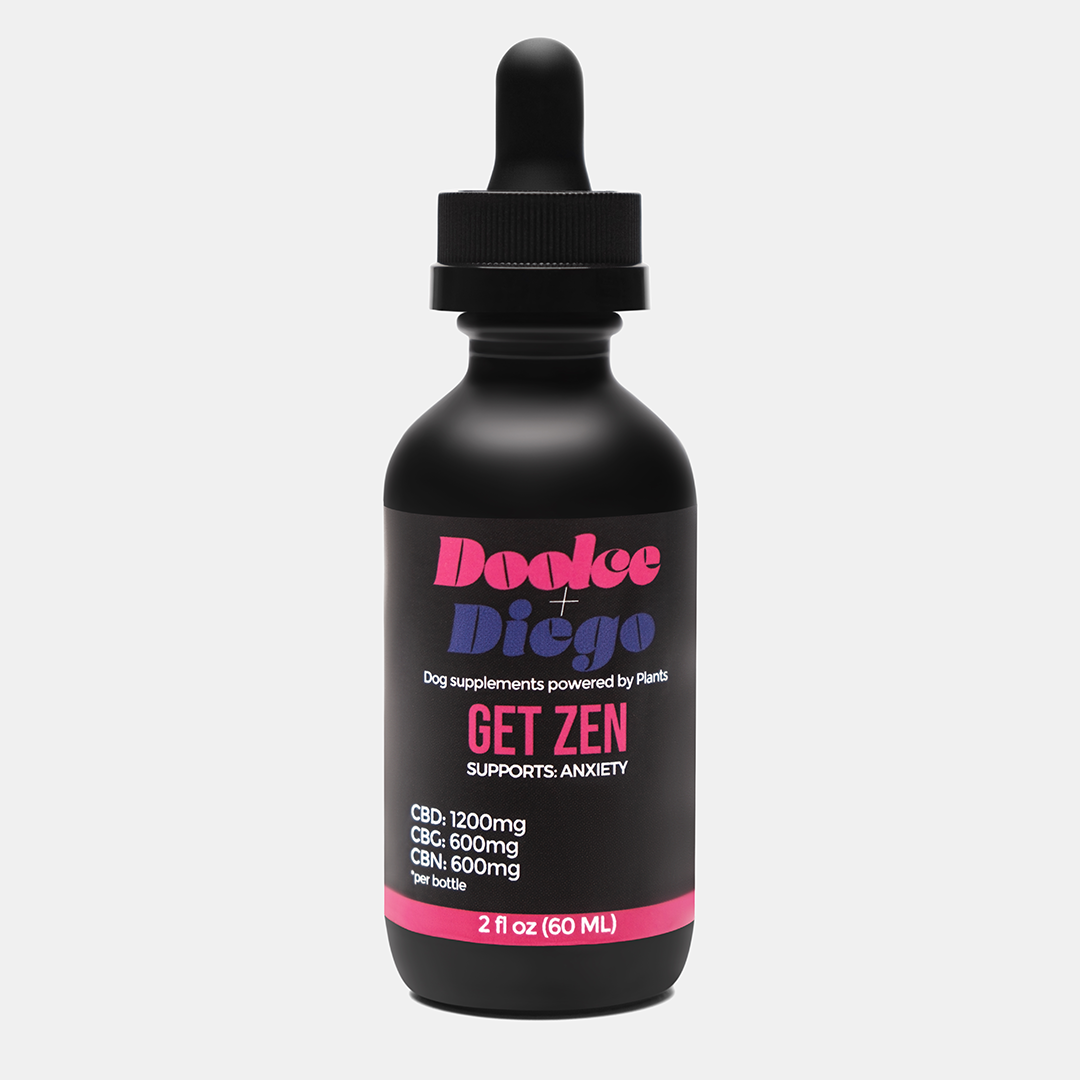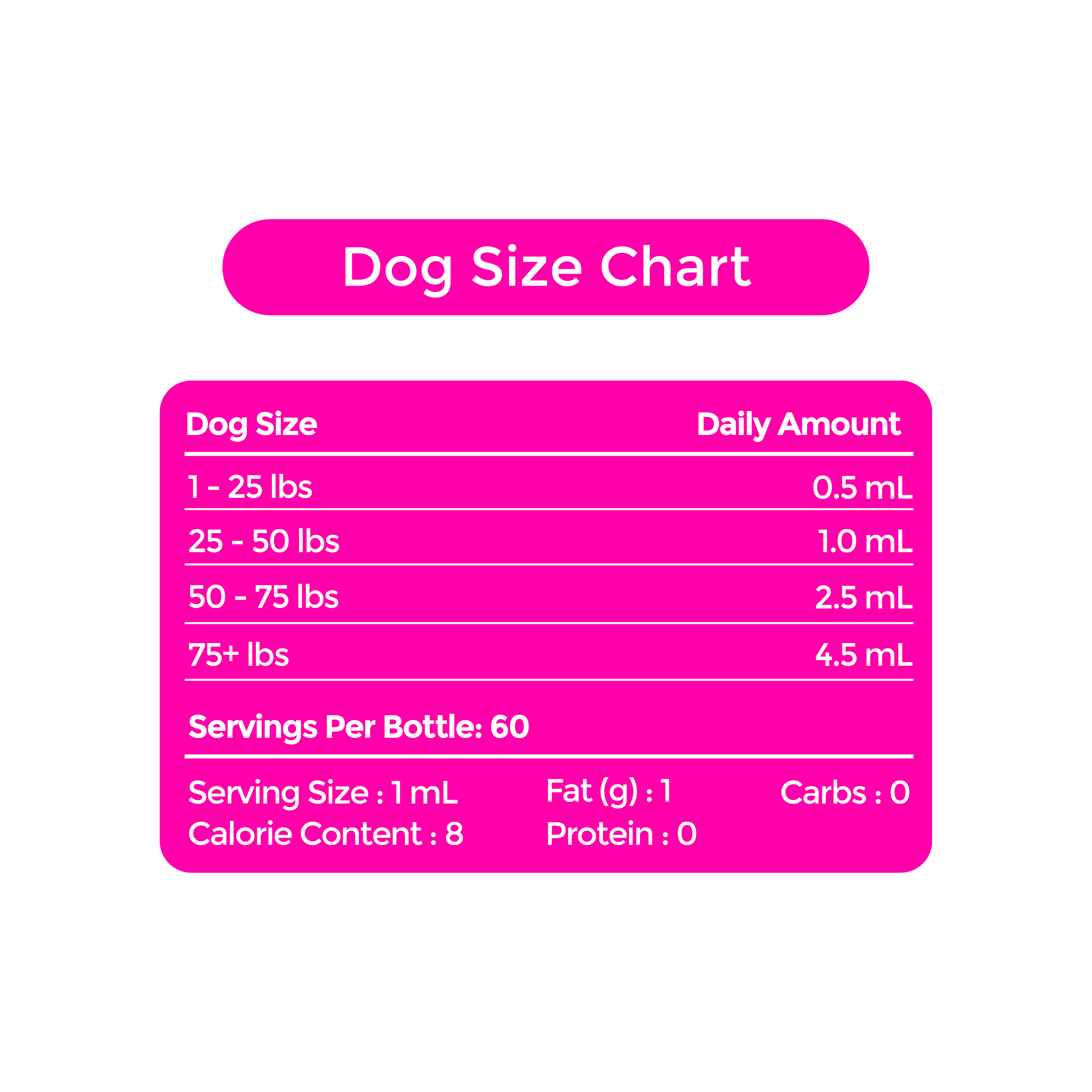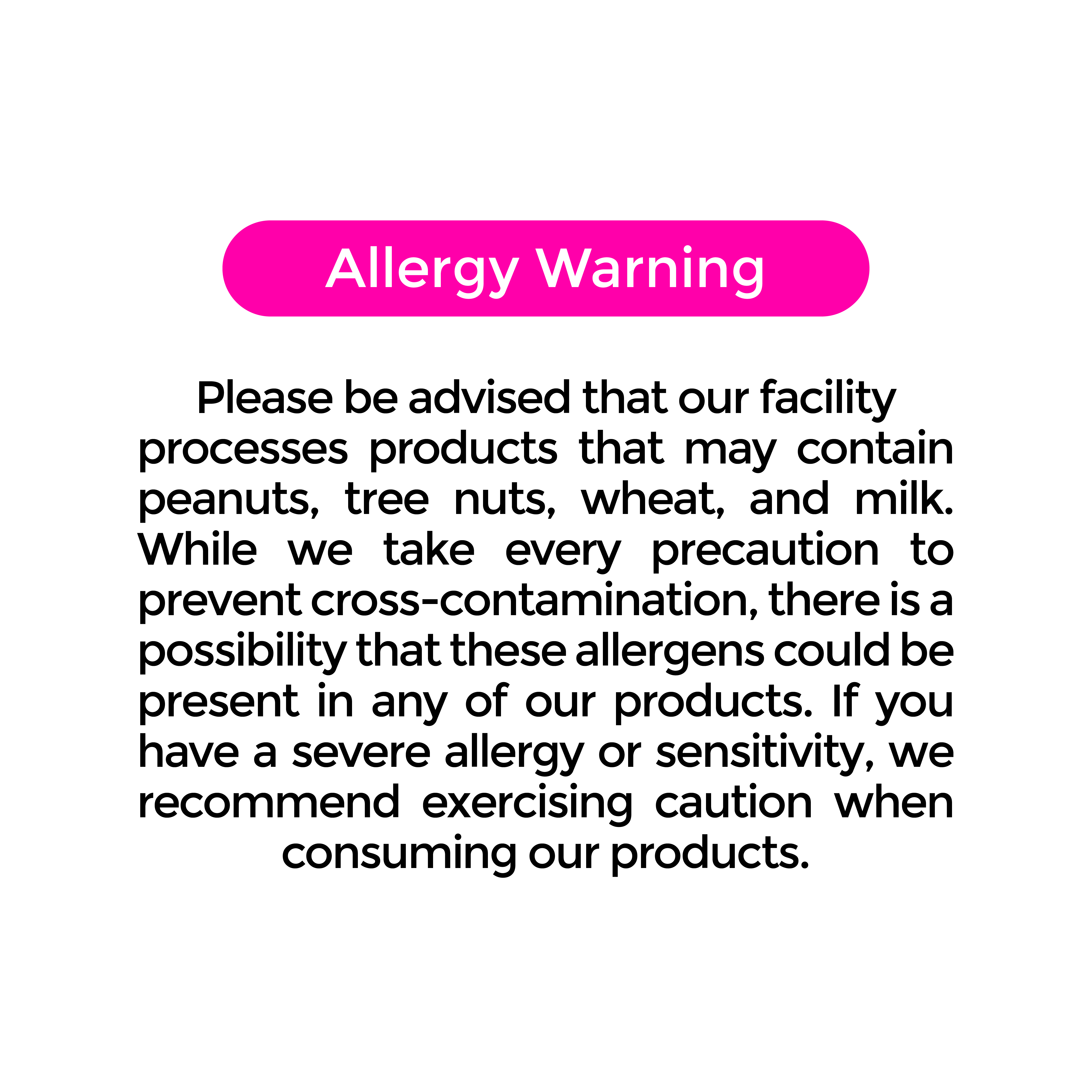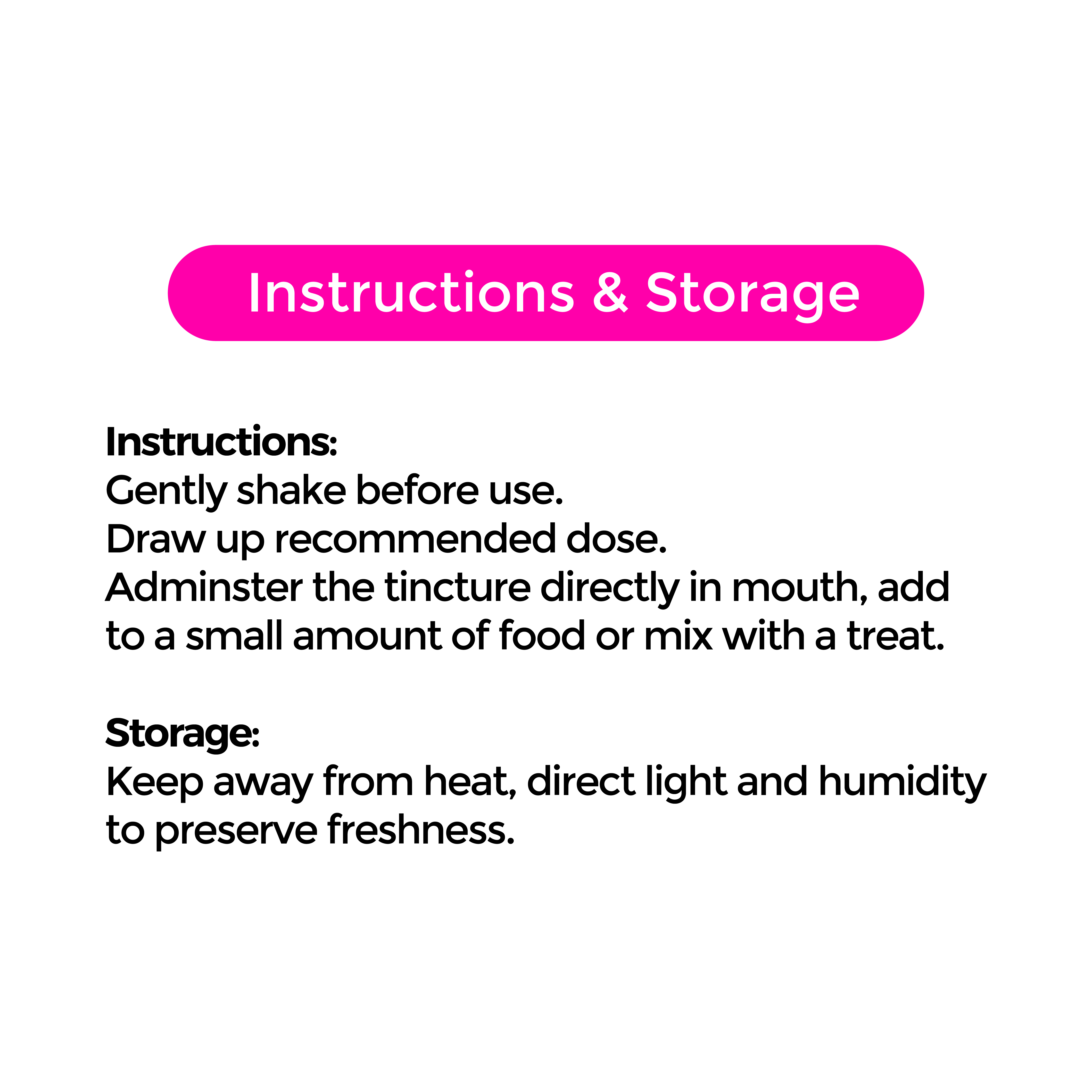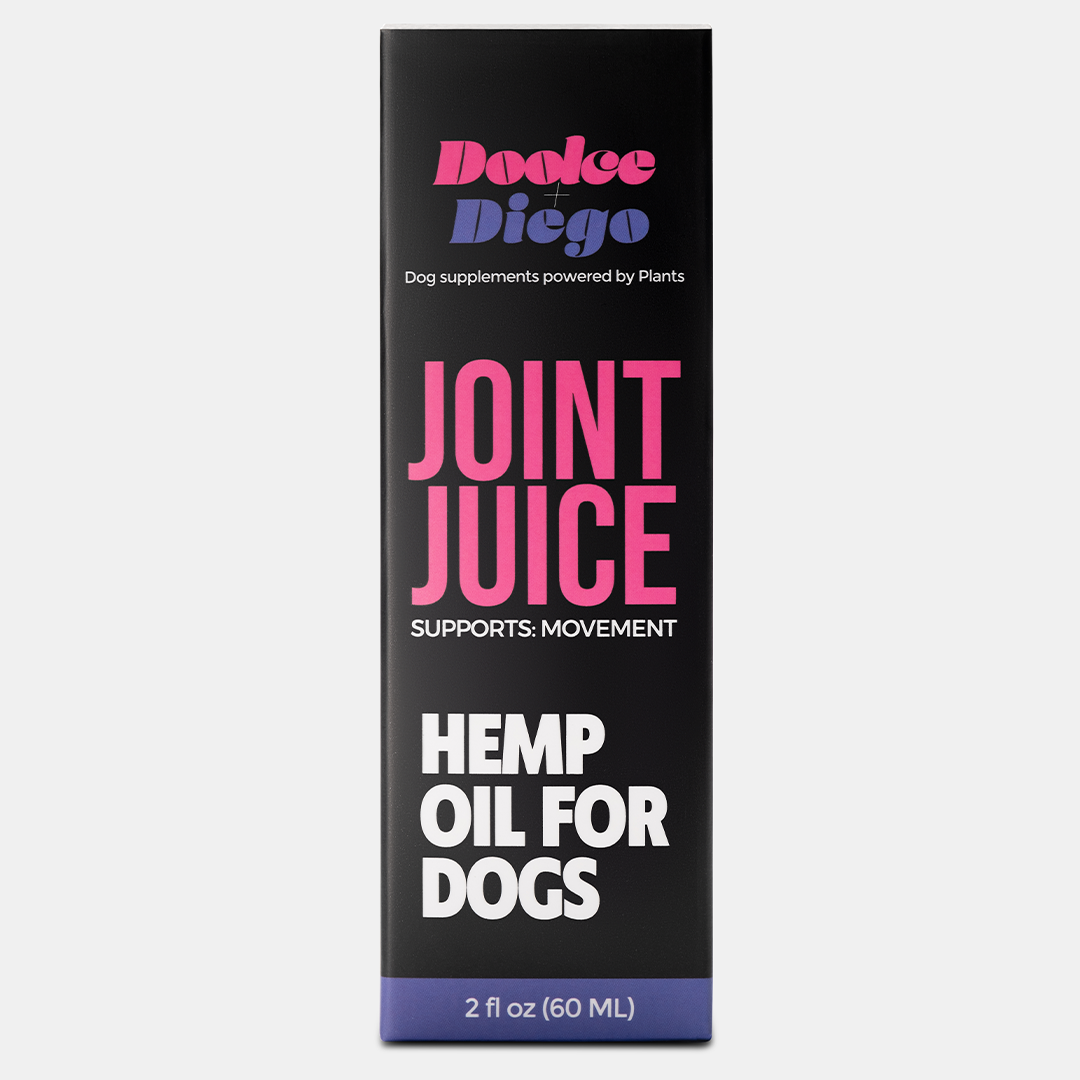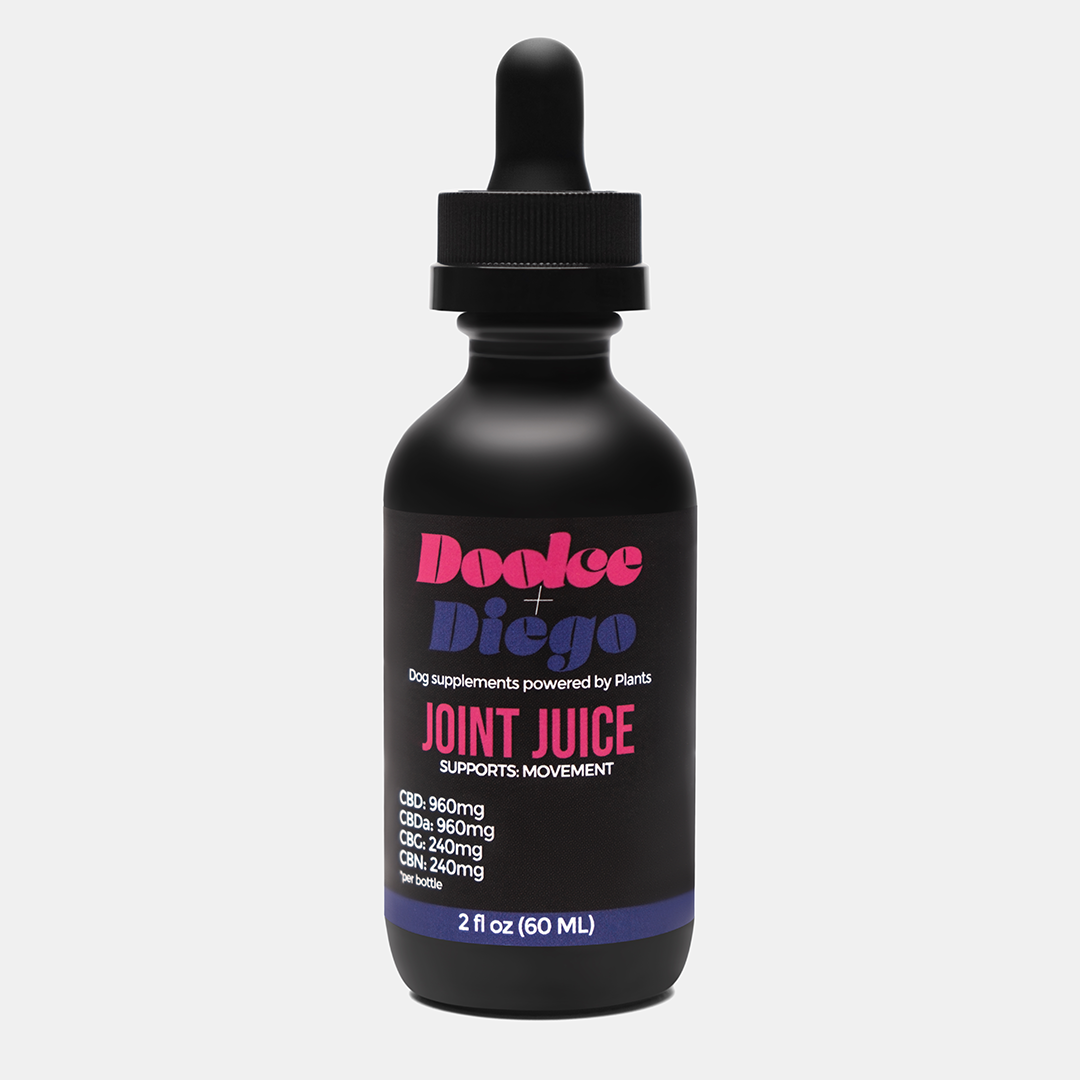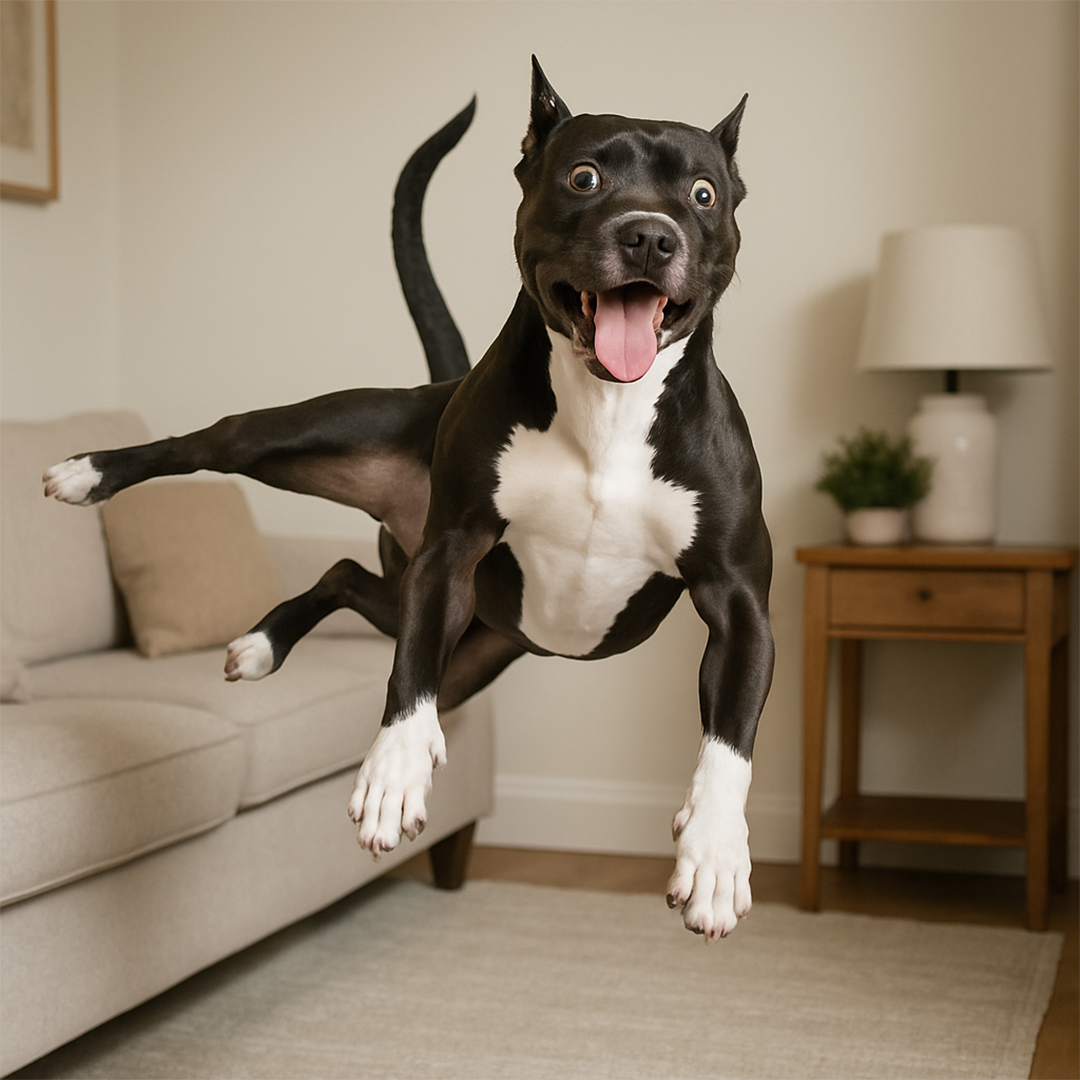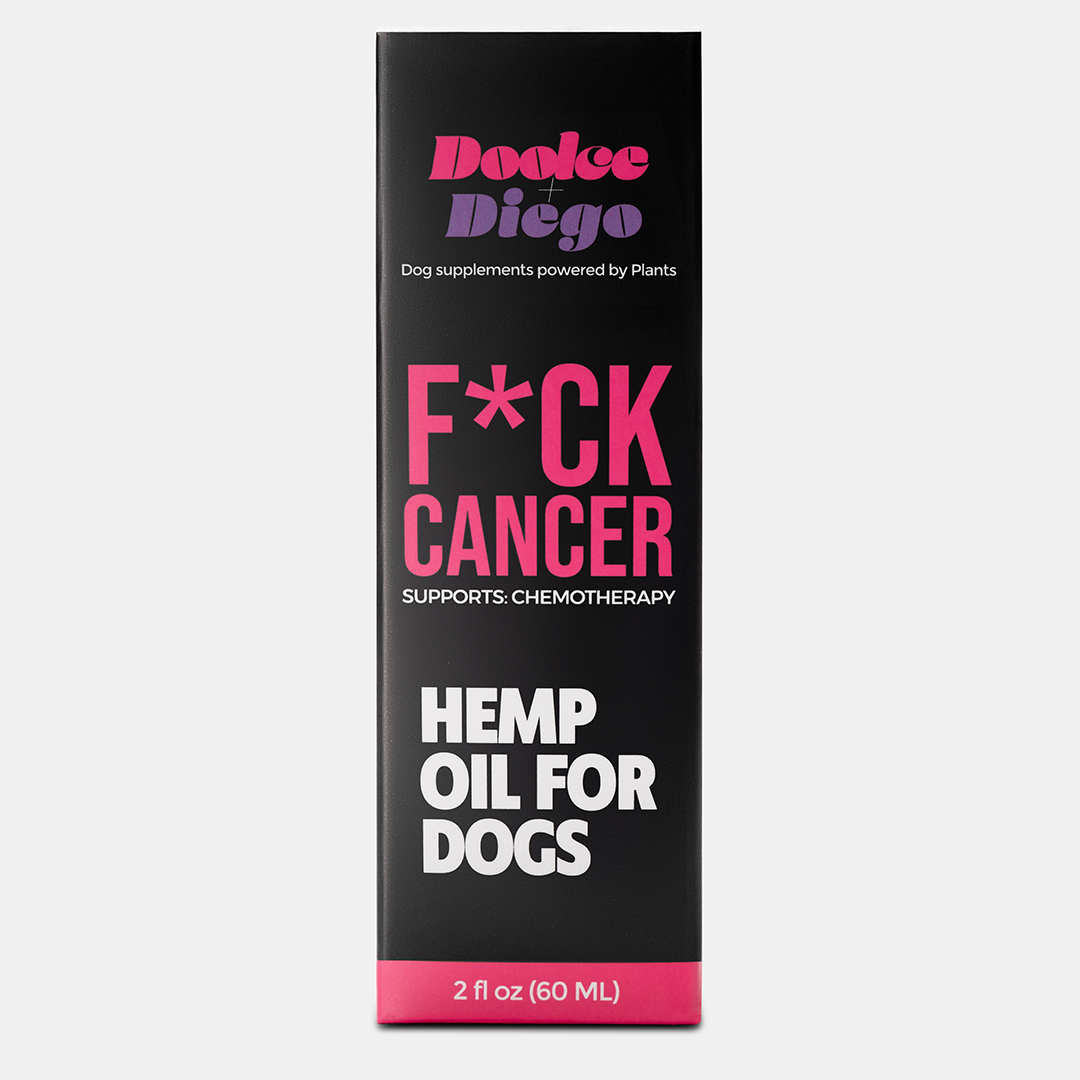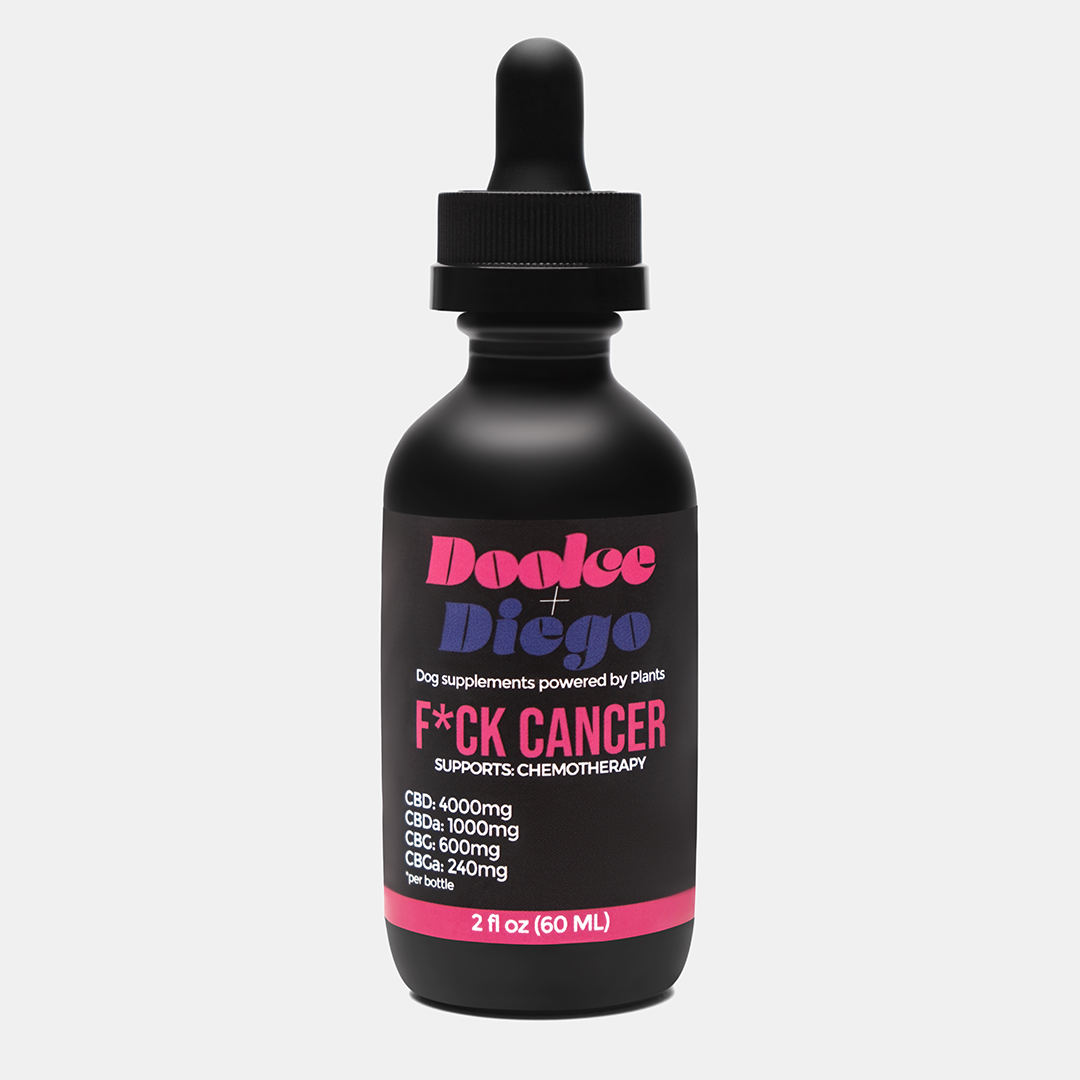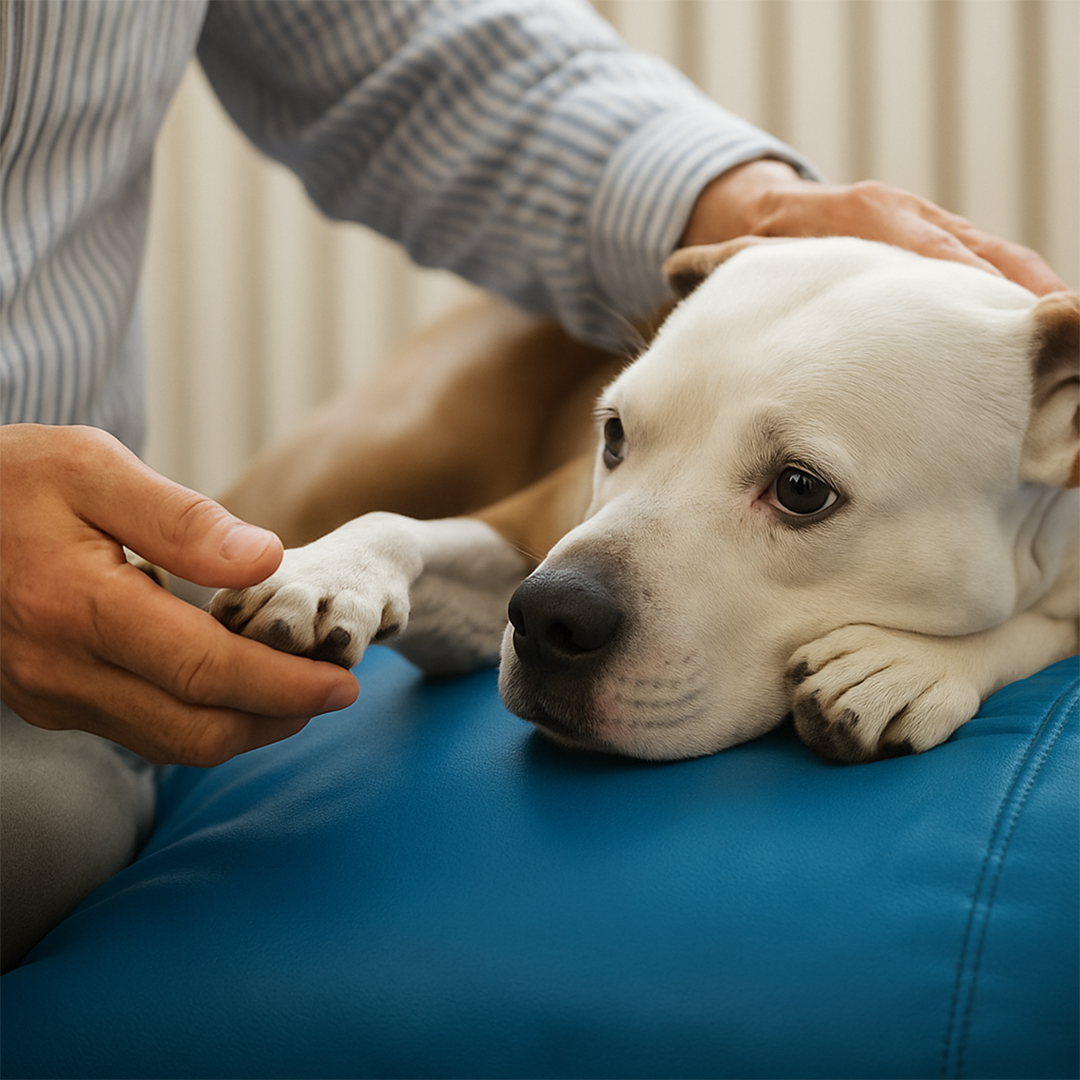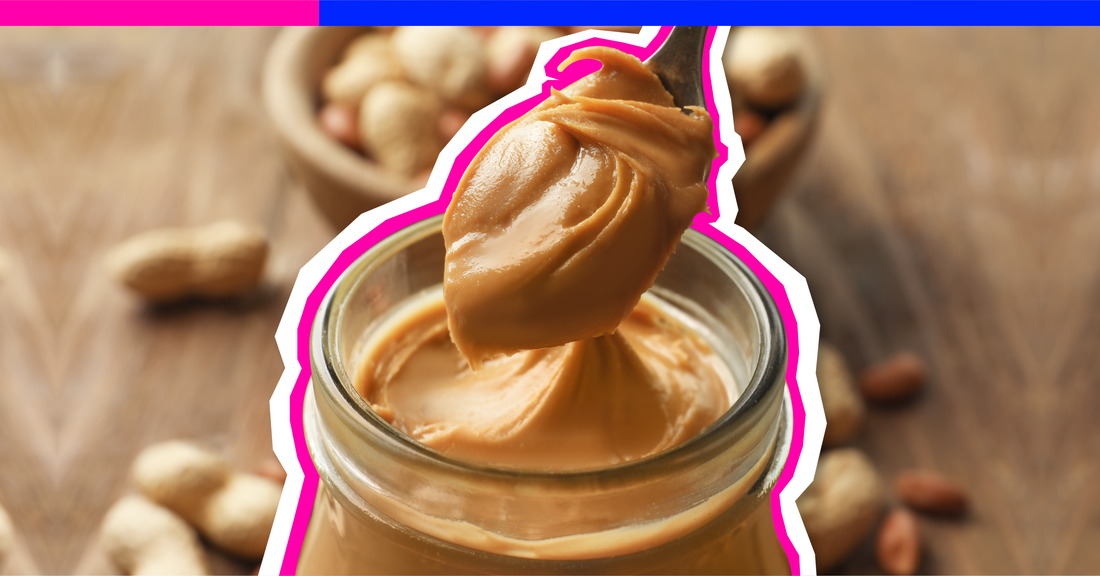
Dogs & Peanut Butter: The Scoop on This Popular Treat
If you’ve ever tried opening a jar of peanut butter without your dog magically appearing by your side, congratulations—you might have a very rare pup. Most dogs love peanut butter, and for good reason. It’s creamy, nutty, and packed with protein. But is peanut butter actually good for dogs? Or is it one of those sneaky human foods that could cause more harm than good?
Let’s break down the benefits, risks, and best ways to treat your pup to peanut butter—without any unexpected vet visits.
✅ The Good: Why Dogs Go Nuts for Peanut Butter
Peanut butter isn’t just a delicious treat—it actually comes with some benefits for dogs when given in moderation.
1. High in Protein
Protein is essential for your pup’s muscles, coat, and overall health. Peanut butter is a great source of plant-based protein, making it a solid snack (as long as it’s given in small amounts).
2. Packed with Healthy Fats
Dogs need healthy fats to keep their skin and coat shiny. Peanut butter contains monounsaturated fats, which support energy levels and overall wellness.
3. Full of Vitamins & Minerals
Peanut butter is rich in vitamin B, niacin, and vitamin E, all of which help keep your dog’s immune system and brain function in check.
4. A Great Training & Enrichment Tool
Peanut butter is the MVP of distraction treats. Whether you’re stuffing a Kong toy, spreading it on a lick mat, or using it to hide medication, this creamy snack can turn a stressful moment into a delicious experience for your pup.
❌ The Bad: When Peanut Butter is a No-Go
Before you start slathering peanut butter on everything, let’s talk about the potential risks. Not all peanut butter is created equal, and some can be downright dangerous for dogs.
1. Watch Out for Xylitol
Xylitol is a sugar substitute found in some sugar-free peanut butters, and it’s highly toxic to dogs. Even a small amount can cause severe drops in blood sugar, seizures, liver failure, or even death.
Always check the label for xylitol before giving your dog peanut butter. If you see it listed, put that jar back on the shelf immediately.
2. High in Fat & Calories
While peanut butter contains healthy fats, too much can lead to weight gain and pancreatitis. Moderation is key—this should be a treat, not a daily meal supplement.
3. Added Sugars & Artificial Ingredients
Many peanut butters contain added sugars, salt, and preservatives that aren’t great for your dog. Stick to natural or unsalted varieties with minimal ingredients.
How to Safely Give Peanut Butter to Your Dog
Want to treat your pup without the risks? Follow these peanut butter best practices:
1. Read the Ingredients
-
Safe: Natural peanut butter with only peanuts or peanuts + a small amount of salt.
-
Unsafe: Peanut butter with xylitol, added sugar, artificial sweeteners, or hydrogenated oils.
2. Stick to Small Amounts
-
Small dogs: ½ teaspoon to 1 teaspoon per serving.
-
Large dogs: 1 teaspoon to 1 tablespoon per serving.
-
Peanut butter should make up less than 10% of your dog’s daily calories.
3. Use It for Enrichment
-
Lick mats: Spread a thin layer for a fun mental challenge.
-
Frozen treats: Mix with banana or plain yogurt and freeze for a cool snack.
-
Kongs or puzzle toys: Stuff peanut butter inside to keep your pup entertained.
4. Be Aware of Allergies
While rare, some dogs can be allergic to peanuts. If your pup experiences itchiness, swelling, vomiting, or digestive issues after eating peanut butter, consult your vet.
Peanut butter can be a safe, delicious, and rewarding treat for dogs—as long as you choose the right kind and feed it in moderation. Stick to xylitol-free, natural peanut butter and use it for enrichment, training, or the occasional snack.
Because let’s be real—nothing beats watching your pup happily lick peanut butter off their nose.
For more tips on your pet’s health, check out Bark Times.

